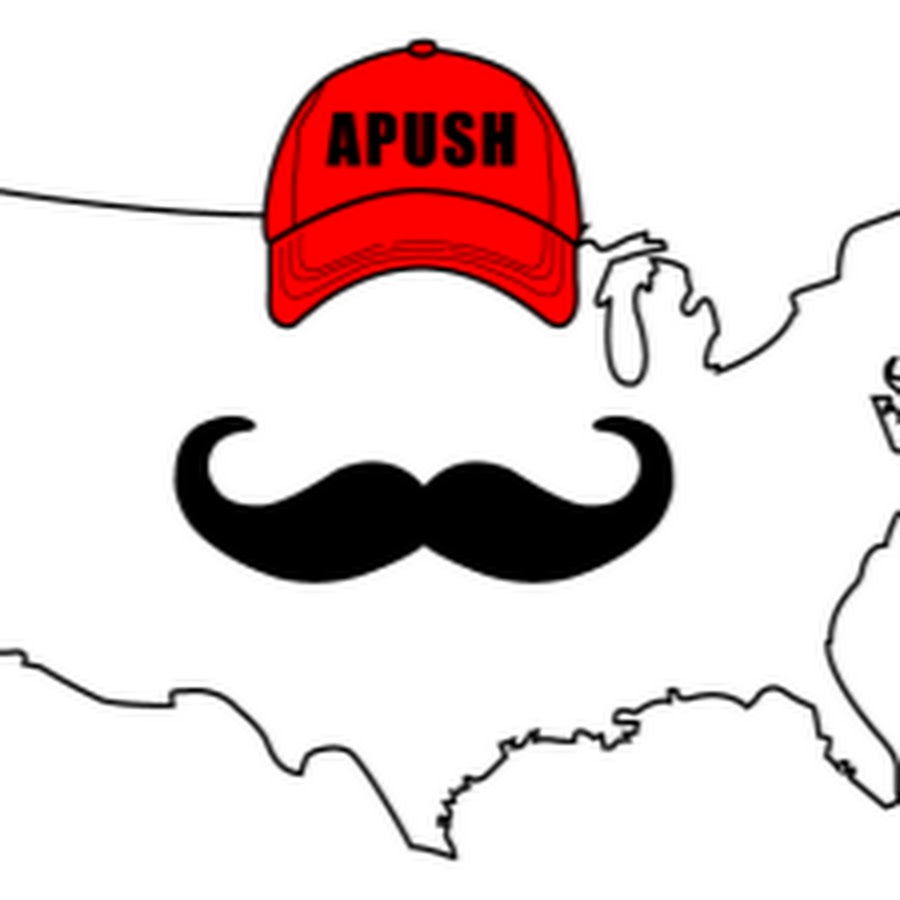Unit 5 focuses on the social and political effects of the antebellum period, the Civil War, and Reconstruction.
During this period, the United States also experienced a wave of immigration from western European countries, especially Ireland and Germany. The “Know Nothing Party” and other nativist groups used anti-immigrant rhetoric to try to influence the power of these new immigrant groups.
American history in the middle of the nineteenth century was dominated by a push to expand the country from “sea to sea” under an ideology called Manifest Destiny. The discovery of gold in California in the late 1840s caused hundreds of thousands of people to rush to the west coast.
The expansion into new territories intensified the tension between free and slave states in the Union. While the United States was able to maintain a rough balance for much of its history, by the 1850s, the balance was tipping toward free states. Political tensions came to a head with the election of Abraham Lincoln in 1860. Lincoln came to power without a single Southern vote. Almost immediately after his election, the Southern states voted to secede from the Union.
While slavery was a major issue dividing the North and the South, there were also other factors that served to divide the two parts of the country. The North and the South had very different economic landscapes. They also had different value systems and ideas about states’ rights.
Many of these tensions were still unresolved when the Civil War officially came to a close. The period after the war was called “Reconstruction" because the goal was to “reconstruct,” or “rebuild,” the Union that had been broken by the war. The initial goal of Reconstruction was to guarantee rights for African-Americans, a goal that came to fruition in the thirteenth, fourteenth, and fifteenth amendments. In 1877, however, Reconstruction was abandoned. Almost all of social improvements made in the lives of African Americans were eliminated as Southern politicians began the process of reversing the federal guidelines implemented during Reconstruction.






